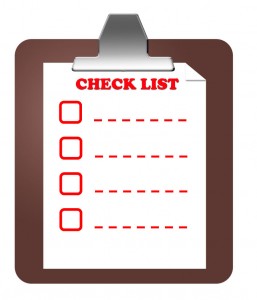“What does it take to raise reading achievement in a whole school?” A classroom-teacher-turned-reading-coach recently asked this question to one of our favorite experts on literacy, Tim Shanahan. As usual, his answer was detailed, thoughtful, and full of important insights.
Click here to read his full response. Shanahan’s suggestions connect well to what we’re doing here at Read Naturally. This isn’t surprising, since raising reading achievement in a whole school (or in our case, many thousands of schools) is our objective as well.
According to Shanahan, reading coaches need to address nine things in order to raise reading proficiency. A nine-pronged approach is not for the faint of heart! But a dedicated educator—like you—has what it takes to make it happen. And when the end result is improved reading scores across the board, the hard work is completely worth it.
Here are Shanahan’s nine steps:
- Improve leadership. Before you begin, make sure you and your principal are on the same page and have a clear plan to check in frequently.

- Increase the amount of literacy instruction. We agree with what Shanahan says here: “Try to get everyone up to 2-3 hours per day of reading and writing instruction, with a large percentage of that devoted to kids reading and writing within instruction.”
- Focus instruction on essential curriculum elements. According to the CCSS and a robust body of research, the four essential elements you should focus on are decoding, fluency, comprehension, and writing. The Read Naturally Strategy addresses each of these areas in a thorough and effective way.
- Provide focused professional development. (Psst, Read Naturally offers excellent professional development options for teachers.)
- Make sure sound instructional programs are in place. Here’s why a program like Read Naturally is so important: “Programs that are shared by school staff will not make all teachers equal in their ability to teach reading, but they sure can reduce the amount of difference that exists (especially when there is adequate supervision and professional development). Second, programs can ensure that kids get instruction in key areas of reading, even when teachers aren’t comfortable providing such teaching.”
- Align assessments. Assess students to gauge their progress, but keep formal testing time to a minimum in order to focus on valuable reading instruction.
- Target needs of special populations. We have loads of information on why Read Naturally programs work especially well for ELL students and students with dyslexia.
- Get parent support and help. Think about ways to involve parents from the beginning, whether it’s holding a workshop on how to support students in their reading, or simply sending home information.
- Motivate everybody. Motivation is key, and it could take the form of anything from a reading parade to a lunchtime book club. In Read Naturally programs, motivation is built into a rewarding progress monitoring system and “beat your score” mentality that gets everyone excited about reading.
Clearly, “What does it take to raise reading achievement?” is a complicated question. We’ve been researching and fine-tuning our answer for over 25 years. If this question is on your mind as well, we’d love to connect with you to find an ideal solution for your students and school. Don’t hesitate to get in touch! We’re open all summer long.
 Share your student’s success story—nominate him or her for our Star of the Month award. Win a Barnes & Noble gift card for the student and a Read Naturally gift certificate for your class!
Share your student’s success story—nominate him or her for our Star of the Month award. Win a Barnes & Noble gift card for the student and a Read Naturally gift certificate for your class!
I am still confuse about the definition of reading achievement exactly..please tell me?